
Volunteer Grant Requests: The Ultimate Nonprofit Guide
Volunteers are the heartbeat of the nonprofit sector. From stuffing…
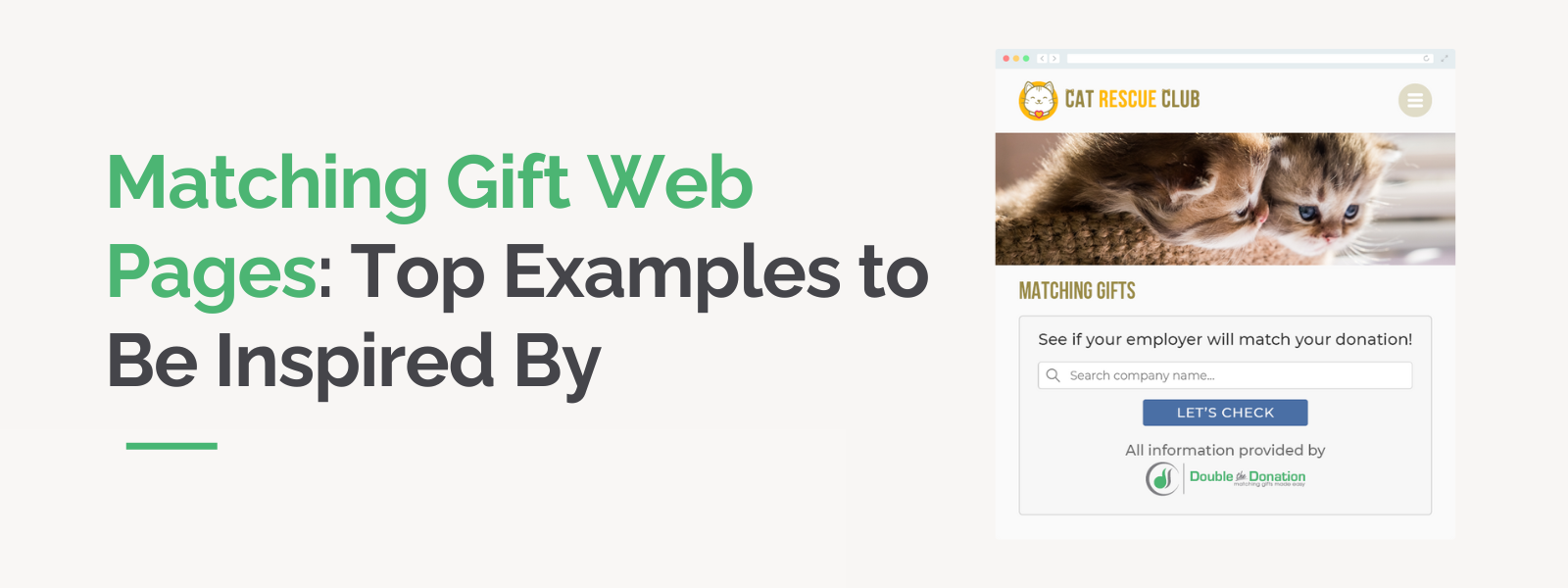
Matching Gift Web Pages: 8 Top Examples to Be Inspired By
When it comes to marketing matching gifts, your nonprofit's website…
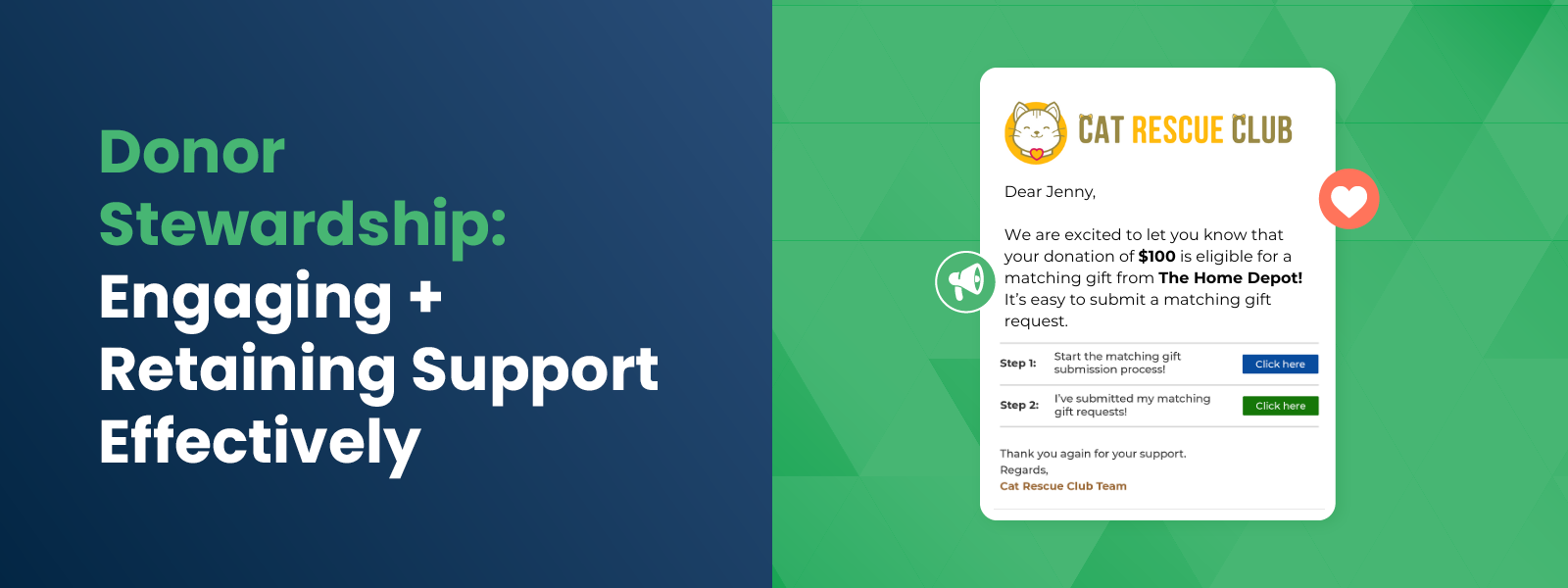
Donor Stewardship: How to Retain Support Effectively
A retention crisis is quietly undermining the hard work of donor…
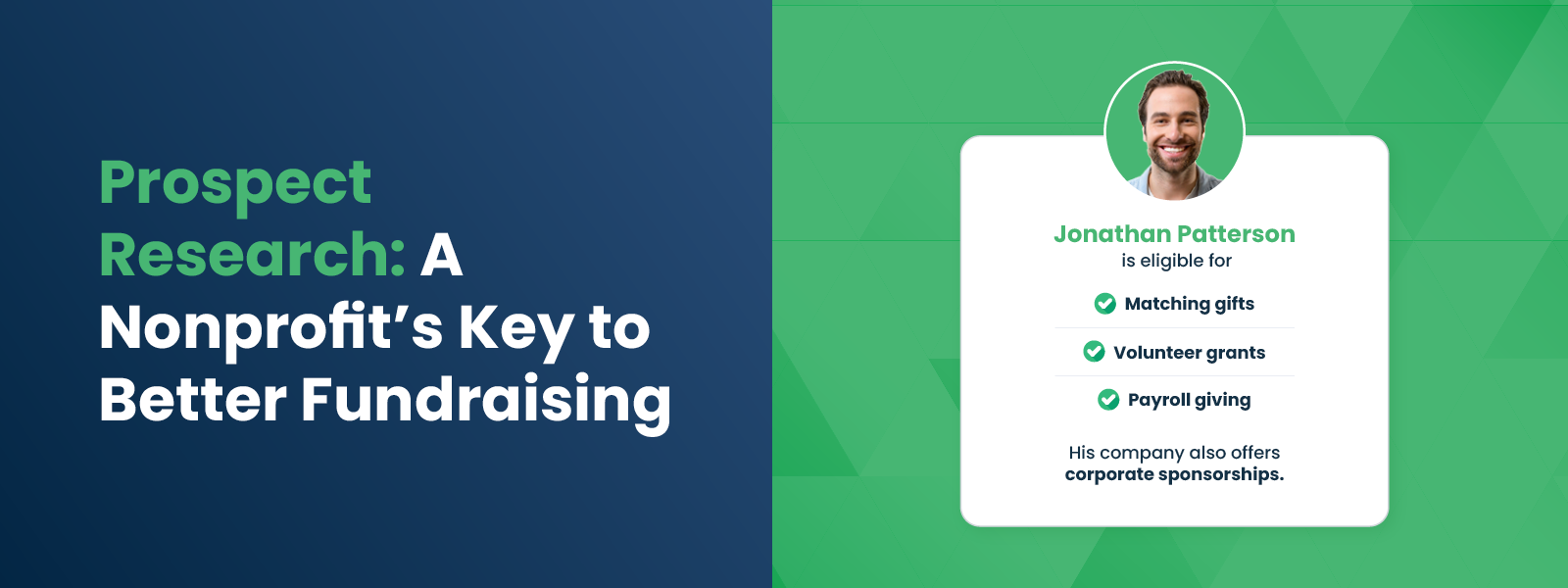
Prospect Research: A Nonprofit’s Key to Better Fundraising
If your nonprofit is looking for a way to maximize its fundraising…
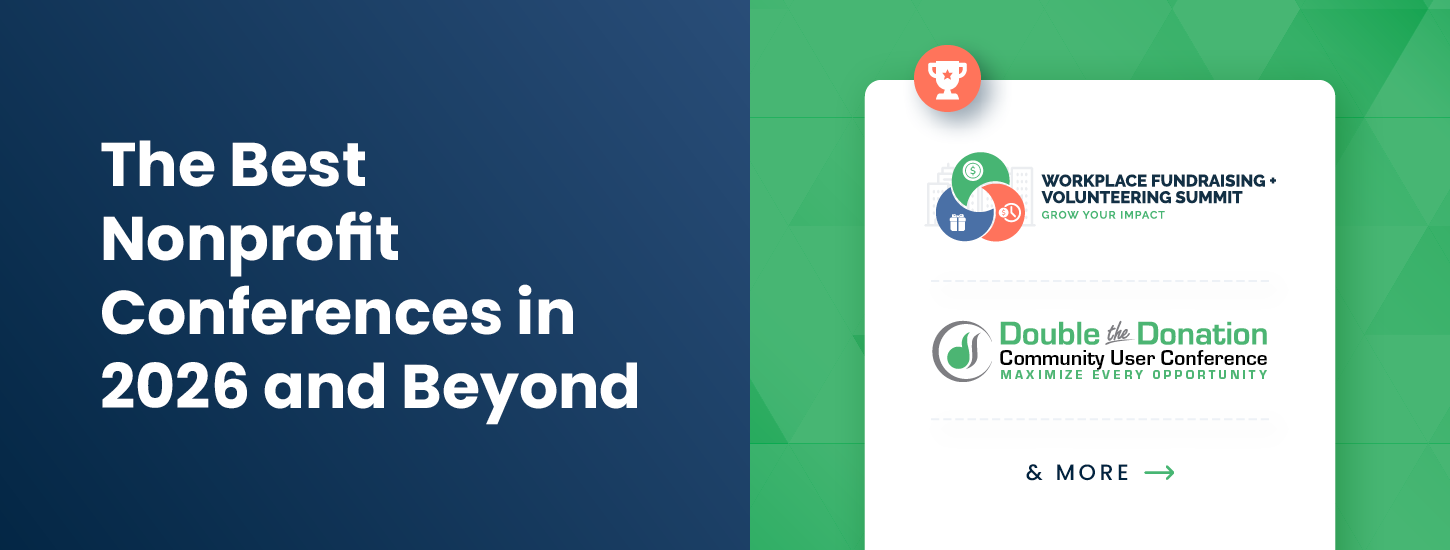 https://doublethedonation.com/wp-content/uploads/2025/11/The-Best-Nonprofit-Conferences-in-2026-and-Beyond.png
550
1450
Kyra Engle
https://doublethedonation.com/wp-content/uploads/2025/11/DTD-horizontal-logo-300x63.png
Kyra Engle2025-11-01 10:00:382025-11-24 14:50:45The Best Nonprofit Conferences in 2026 and Beyond
https://doublethedonation.com/wp-content/uploads/2025/11/The-Best-Nonprofit-Conferences-in-2026-and-Beyond.png
550
1450
Kyra Engle
https://doublethedonation.com/wp-content/uploads/2025/11/DTD-horizontal-logo-300x63.png
Kyra Engle2025-11-01 10:00:382025-11-24 14:50:45The Best Nonprofit Conferences in 2026 and Beyond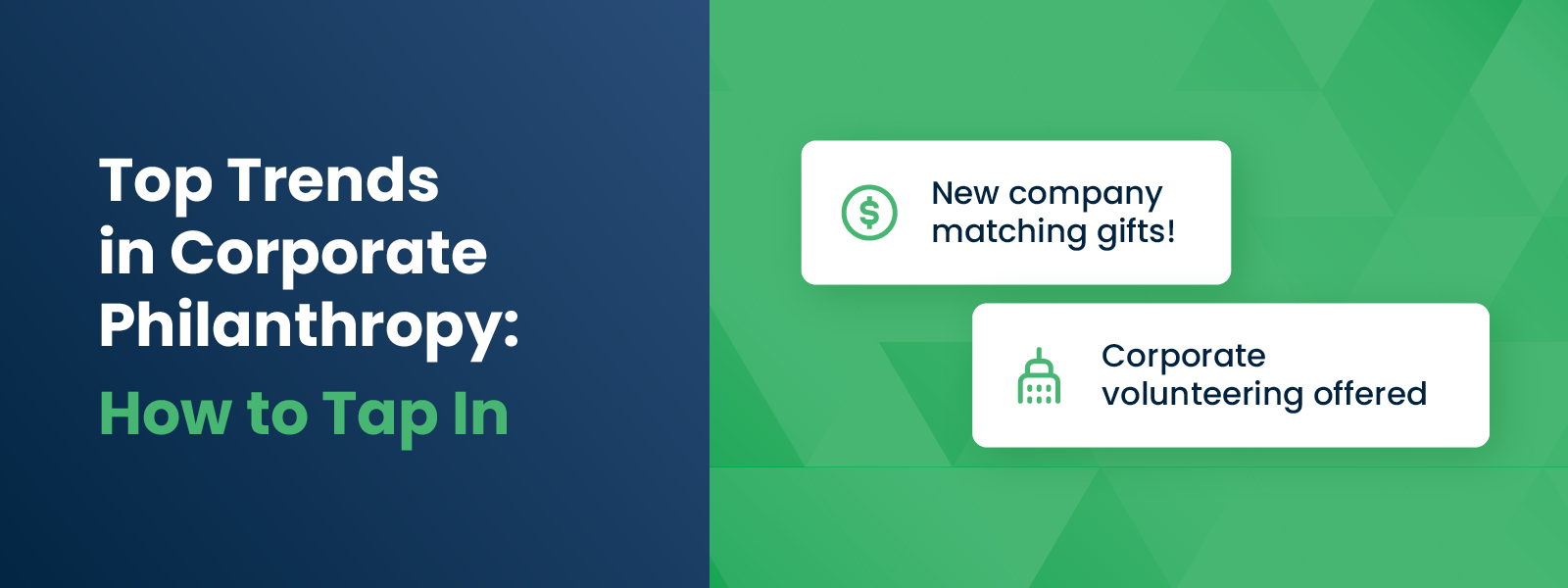 https://doublethedonation.com/wp-content/uploads/2025/10/DTD_Trends-in-Corporate-Philanthropy_Feature.png
600
1600
Julia Beltran
https://doublethedonation.com/wp-content/uploads/2025/11/DTD-horizontal-logo-300x63.png
Julia Beltran2025-10-13 08:00:132025-11-21 06:54:3010 Trends in Corporate Philanthropy for 2025: How to Tap In
https://doublethedonation.com/wp-content/uploads/2025/10/DTD_Trends-in-Corporate-Philanthropy_Feature.png
600
1600
Julia Beltran
https://doublethedonation.com/wp-content/uploads/2025/11/DTD-horizontal-logo-300x63.png
Julia Beltran2025-10-13 08:00:132025-11-21 06:54:3010 Trends in Corporate Philanthropy for 2025: How to Tap In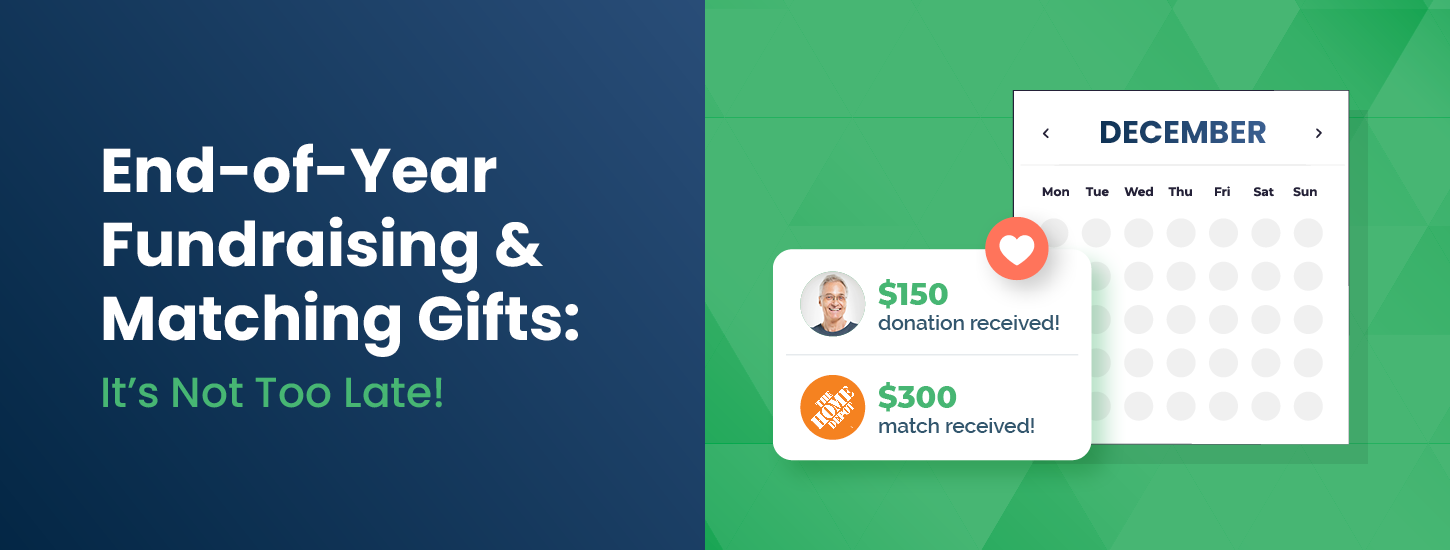 https://doublethedonation.com/wp-content/uploads/2025/09/Year-End-Fundraising-and-Matching-Gifts_Feature.png
550
1450
Adam Weinger
https://doublethedonation.com/wp-content/uploads/2025/11/DTD-horizontal-logo-300x63.png
Adam Weinger2025-09-25 14:28:582025-11-21 07:38:44Year-End Fundraising and Matching Gifts: It’s Not Too Late!
https://doublethedonation.com/wp-content/uploads/2025/09/Year-End-Fundraising-and-Matching-Gifts_Feature.png
550
1450
Adam Weinger
https://doublethedonation.com/wp-content/uploads/2025/11/DTD-horizontal-logo-300x63.png
Adam Weinger2025-09-25 14:28:582025-11-21 07:38:44Year-End Fundraising and Matching Gifts: It’s Not Too Late!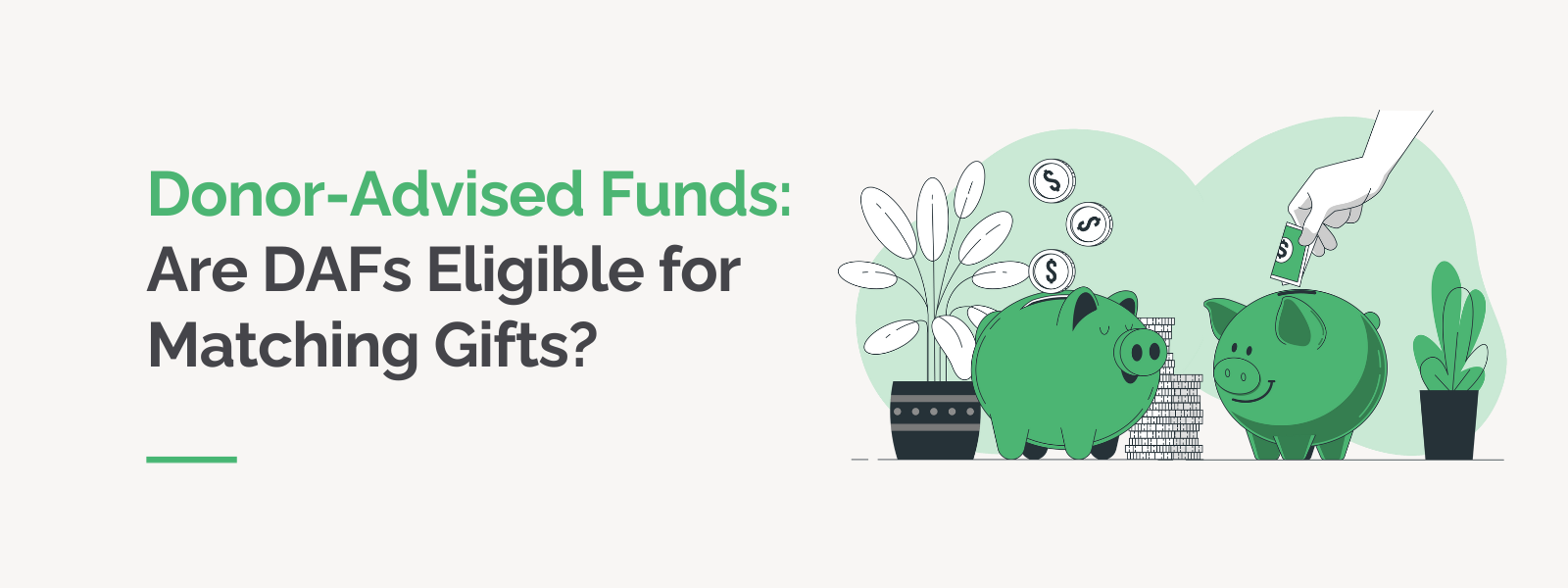 https://doublethedonation.com/wp-content/uploads/2013/08/DTD_Donor-Advised-Funds-Are-DAFs-Eligible-for-Matching-Gifts_Feature.png
600
1600
Adam Weinger
https://doublethedonation.com/wp-content/uploads/2025/11/DTD-horizontal-logo-300x63.png
Adam Weinger2025-09-16 01:12:312025-11-20 15:20:18Donor-Advised Funds: Are DAFs Eligible for Matching Gifts?
https://doublethedonation.com/wp-content/uploads/2013/08/DTD_Donor-Advised-Funds-Are-DAFs-Eligible-for-Matching-Gifts_Feature.png
600
1600
Adam Weinger
https://doublethedonation.com/wp-content/uploads/2025/11/DTD-horizontal-logo-300x63.png
Adam Weinger2025-09-16 01:12:312025-11-20 15:20:18Donor-Advised Funds: Are DAFs Eligible for Matching Gifts?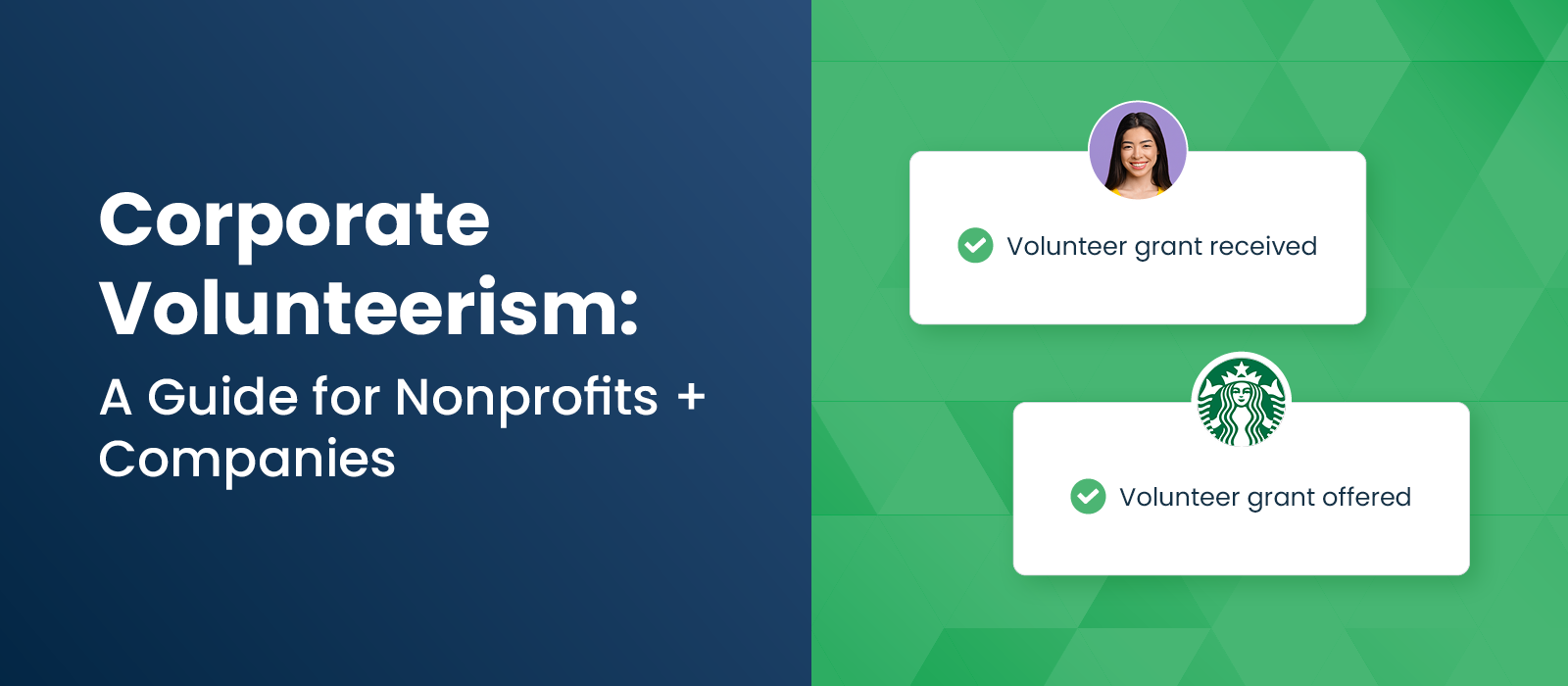 https://doublethedonation.com/wp-content/uploads/2025/09/DTD_Corporate-Volunteerism-A-Guide-for-Nonprofits-Companies_Feature-1.png
700
1600
Adam Weinger
https://doublethedonation.com/wp-content/uploads/2025/11/DTD-horizontal-logo-300x63.png
Adam Weinger2025-09-15 14:56:592025-11-20 15:05:11Corporate Volunteerism: A Guide for Nonprofits + Companies
https://doublethedonation.com/wp-content/uploads/2025/09/DTD_Corporate-Volunteerism-A-Guide-for-Nonprofits-Companies_Feature-1.png
700
1600
Adam Weinger
https://doublethedonation.com/wp-content/uploads/2025/11/DTD-horizontal-logo-300x63.png
Adam Weinger2025-09-15 14:56:592025-11-20 15:05:11Corporate Volunteerism: A Guide for Nonprofits + Companies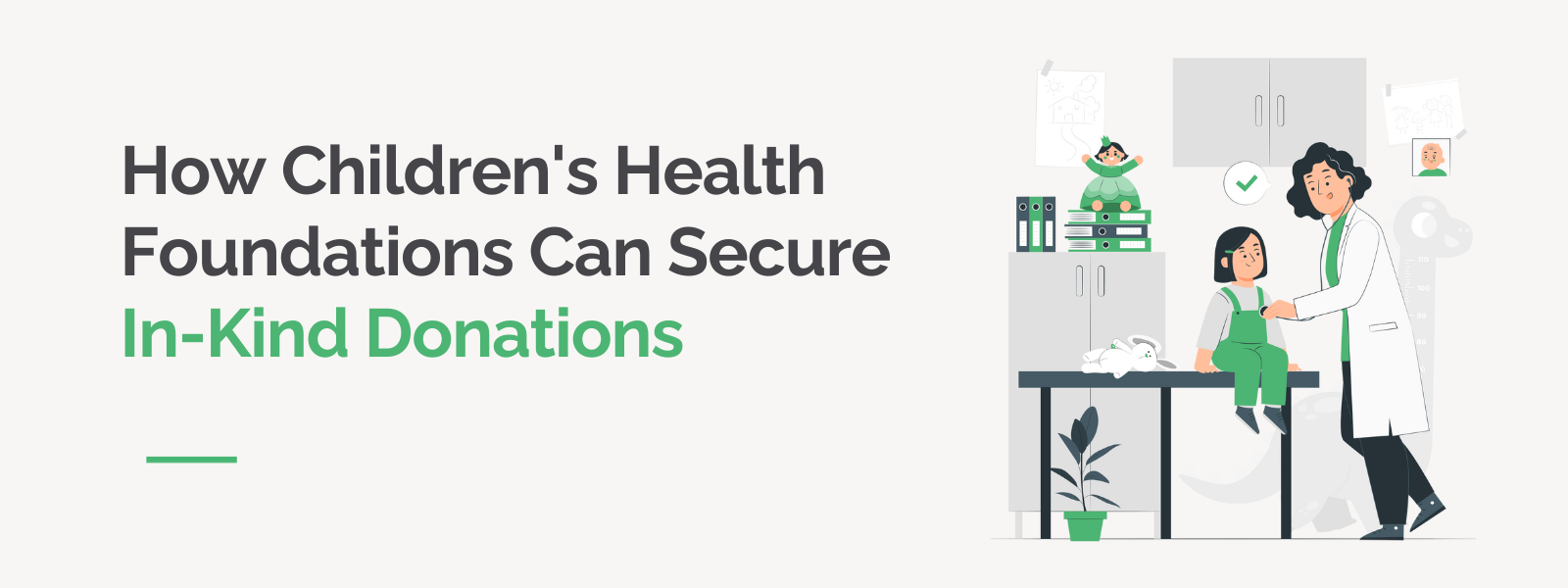
How Children’s Health Foundations Can Secure In-Kind Donations
Children's health foundations play a vital role in supporting…

